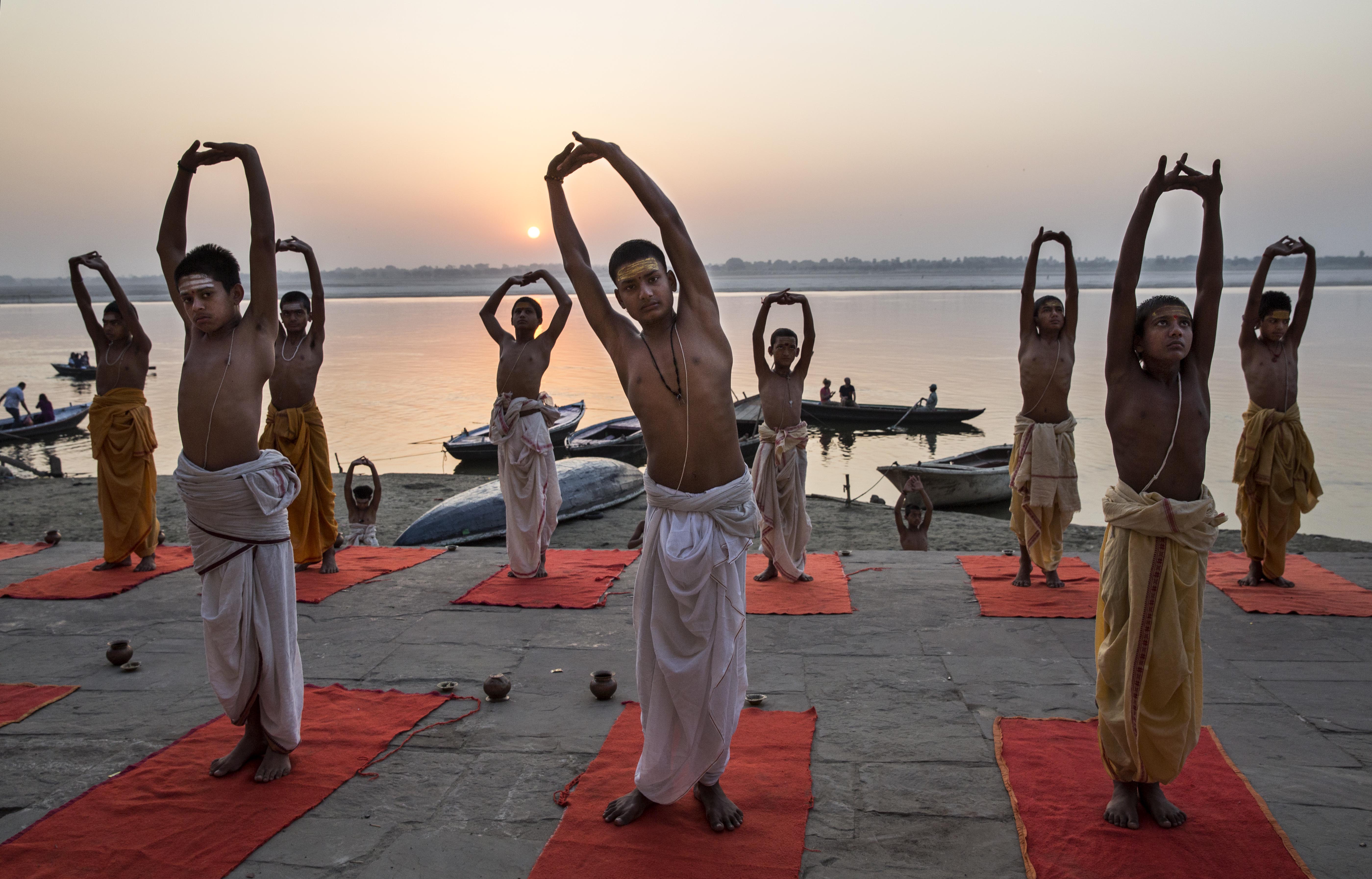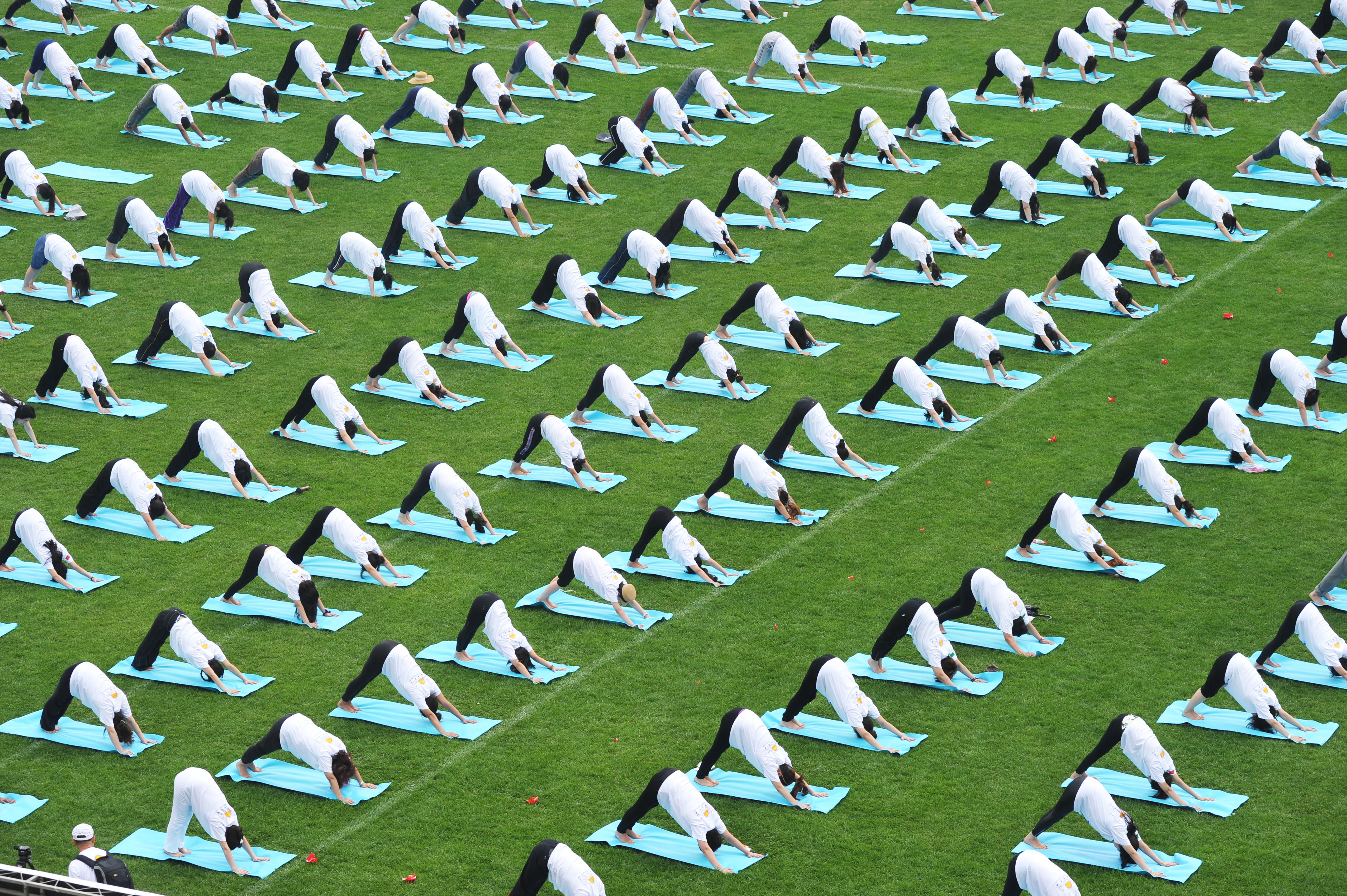Yoga got internationally recognised as an important part of world’s cultural heritage and the inalienable part of the health care that relied on traditional knowledges proven to be superior


International Yoga Day or commonly and unofficially referred to as Yoga Day, is celebrated annually on June 21 since its inception in 2015. Yoga was first internationalised through the incetive made by Narendra Modi, during his speech at the UNGA (United Nations General Assembly), on September 27, 2014, and he stated during that session the following: “Yoga is an invaluable gift of India’s ancient tradition. This tradition is 5000 years old. It embodies unity of mind and body; thought and action; restraint and fulfilment; harmony between man and nature; a holistic approach to health and well-being. It is not about exercise but to discover the sense of oneness with yourself, the world and the nature. By changing our lifestyle and creating consciousness, it can help in well being. Let us work towards adopting an International Yoga Day.” It was later recognised on the 11th of December unanimously.
Modi proposed the longest day of the year since it has a special significance in many cultures, but it has a special meaning for yoga. From the perspective of yoga, the summer solstice marks the transition to Dakshinayana. The first full moon after summer solstice is known as Guru Poornima. Shiva, the first yogi (Adi Yogi), is said to have begun imparting the knowledge of yoga to the rest of mankind on this day and became the first guru (Adi Guru).Dakshinayana is also considered a time when there is natural support for those pursuing spiritual practices.
The first International Day of Yoga was observed in 2015, and in India 35,985 people, including Narendra Modi and a large number of dignitaries from 84 nations, performed 21 yoga asanas (postures) for 35 minutes at Rajpath in New Delhi. This year the manifestations will be even more numerous and they are being prepeared all around the world, with the strong support of the Indian Government.